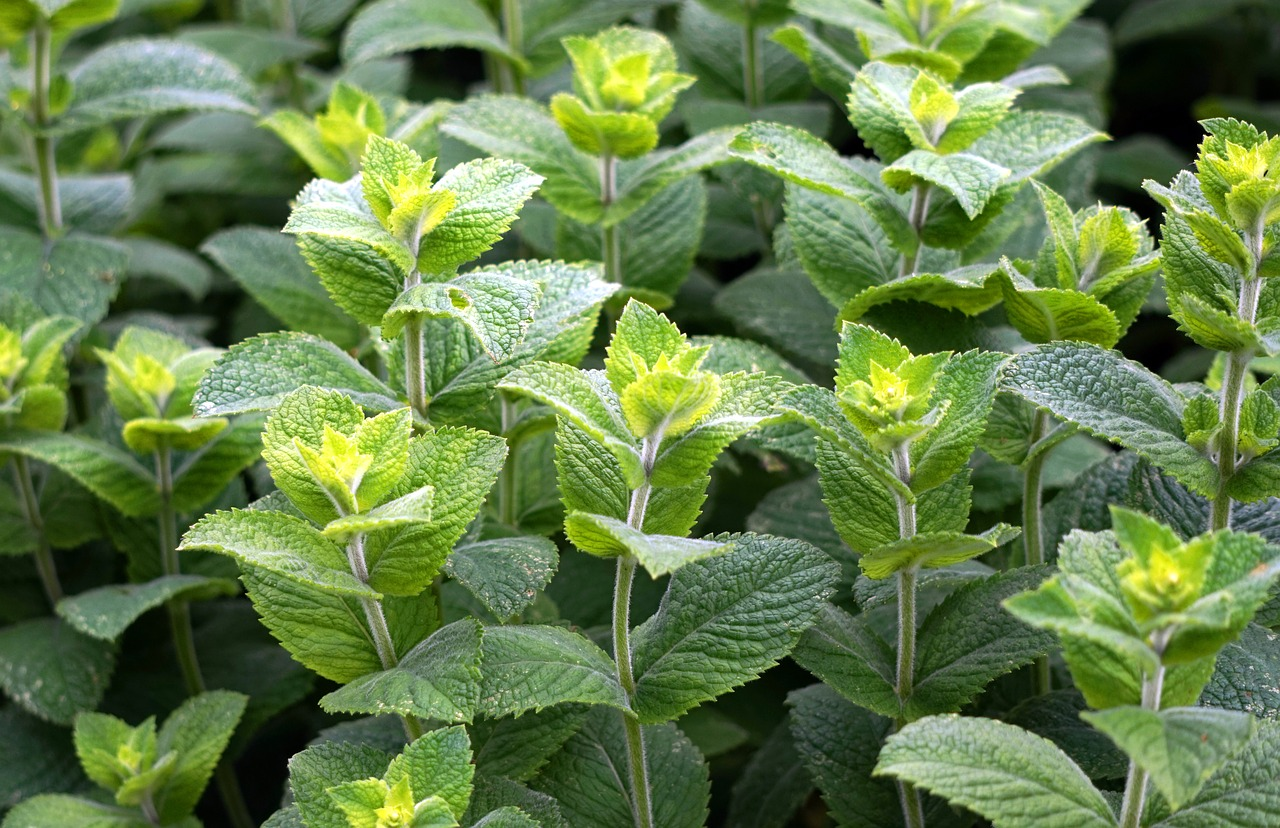How mint is grown
General information
Like thyme, sage and basil, all mints belong to the Lamiaceae family and form their own genus (Mentha). There are around 20 - 30 species in total, most of which are native to the temperate zones of the northern hemisphere. Originally, mint comes from the Mediterranean region and the Near East. Wild mint species can be found in damp locations in particular. We humans have been using the herb as a spice and medicinal plant for many thousands of years, as mint tea is often used to treat digestive complaints or colds. The name probably comes from Greek mythology. The nymph Minte is said to have had an affair with Hades, the god of the underworld. When Hades' wife Persephone found out, she is said to have turned the nymph into a mint plant out of anger. Other sources say that Hades transformed his lover in order to protect her from his wife's revenge.
Mint species
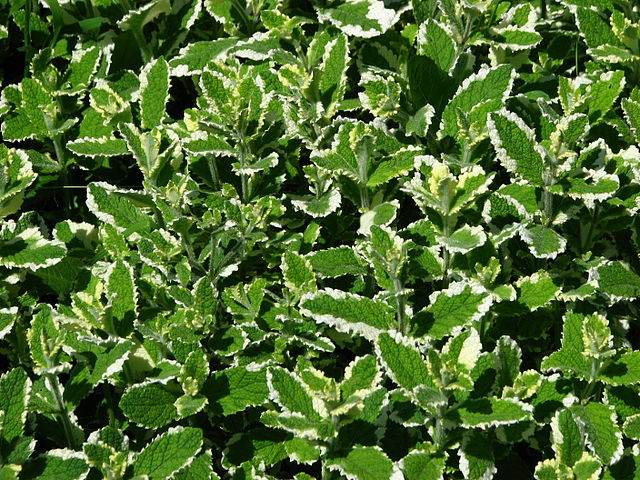
There are several native mint species in Europe, such as water mint (Mentha aquatica), field mint (Mentha vulgaris), spearmint (Mentha pulegium) and spearmint (Mentha spicata). Almost all native species can be used for teas, only the pole mint is poisonous and should therefore not be consumed. The best known of the mints is probably peppermint (Mentha x piperita). Its high menthol content gives it a particularly spicy, peppery and pungent taste. There are also several other mint varieties that offer special taste experiences. These include apple mint, nana mint, orange mint, pineapple mint, chocolate mint and many more. Find out more in our article on mint types and varieties.
Location and soil
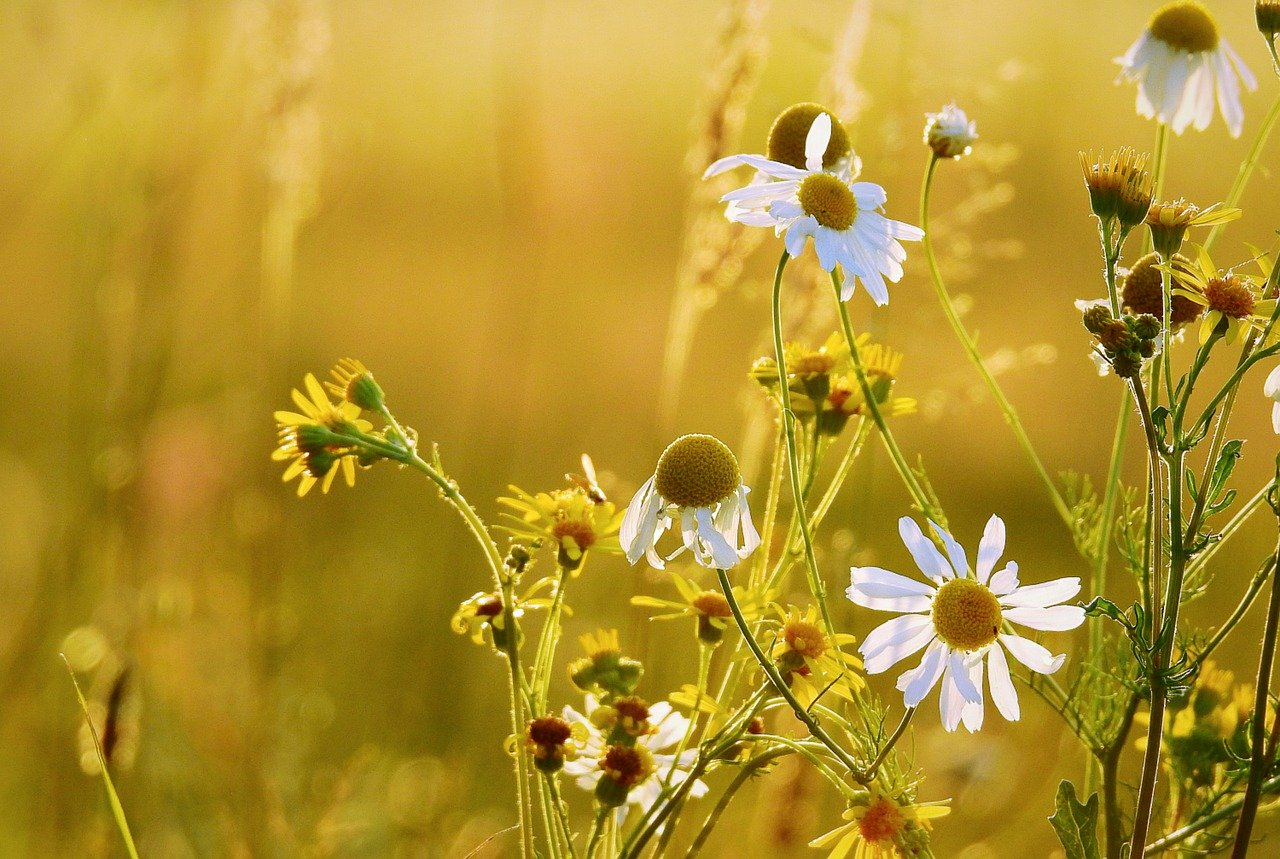
Mints feel most at home in moist locations. They often cope well with shady conditions, but also like sunny spots. The soil should be rich in humus and nutrients, as mint is a heavy feeder. Although mint is said to repel cabbage white butterflies and potato beetles, it is generally not advisable to plant this prolific herb in vegetable beds. Good neighbor: Stinging nettle Bad neighbor: Camomile
Planting mint
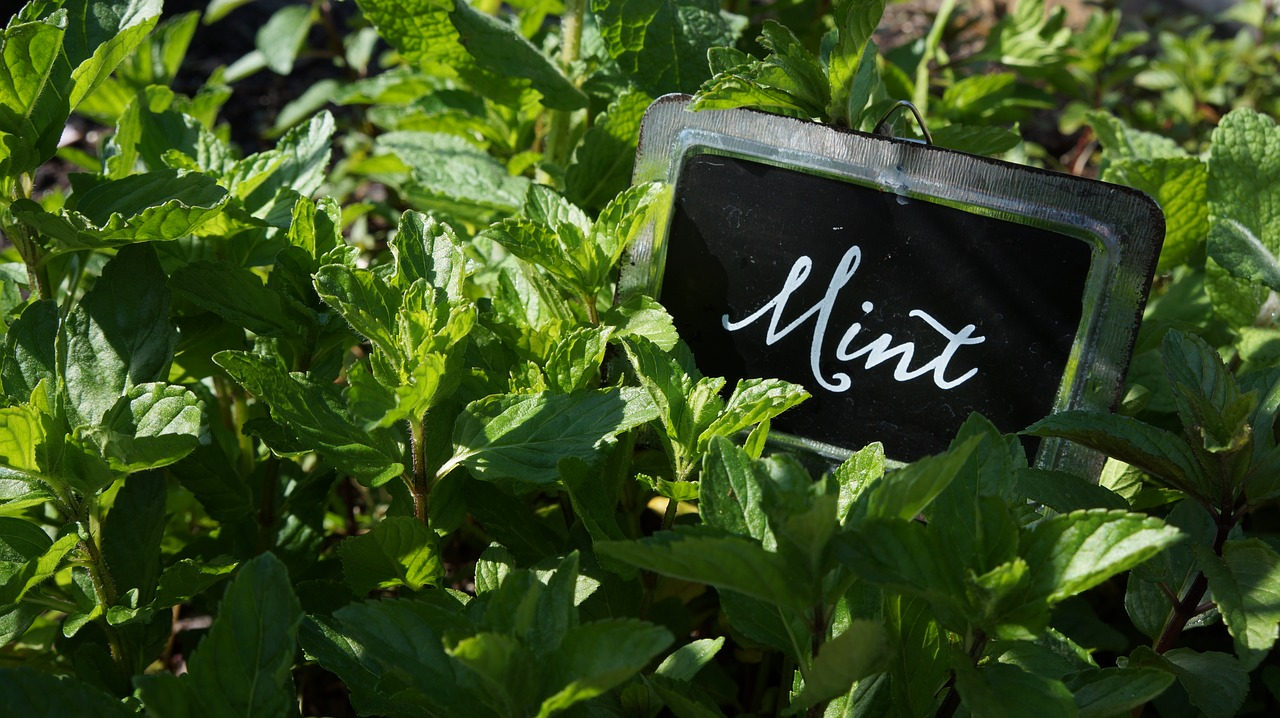
The best time to plant mint is from April to June. This applies to pots and containers, but also to beds. It is now warm enough and usually not too dry or too hot for the plant to grow well. Normally, the plants or cuttings are planted directly, as most mints do not produce seeds at all (see "Propagation"). However, specialized growers are able to produce germinable seeds. Be careful not to plant mint too close to other plants in the bed, as it quickly overgrows its neighbors. Root or rhizome barriers for the bed can be placed around the mint plant. These will prevent the plant from spreading in unwanted directions. In general, I would recommend planting mint away from your vegetable beds. This will prevent it from overgrowing your vegetables in the first place.
Sowing mint
The best time to sow mint is in March. To increase the germination capacity of the seeds, you should proceed as follows: Mix the seeds with some bird sand - optional: Sterilize the substrate (coconut fibres or potting compost) for 30 minutes at 150 - 180 °C in the oven - Moisten the substrate sufficiently (with a spray bottle or watering spray) - Place the seed and bird's sand mixture on the substrate and press down, do not cover (light germinators) - moisten again with a spray bottle - a glass or plastic cover over the growing container keeps the moisture in better - place in a warm (over 20 °C) and bright place (windowsill) - water regularly - after 14 to 16 days the seeds should germinate When the seedlings are 5 cm high, you can prick them out (singulate) into small pots. This time you can mix potting compost with a little potting soil to give the young plants more nutrients. Depending on the outside temperature, the mint seedlings can be planted out in pots or beds between April and May.
Care, fertilization & pruning
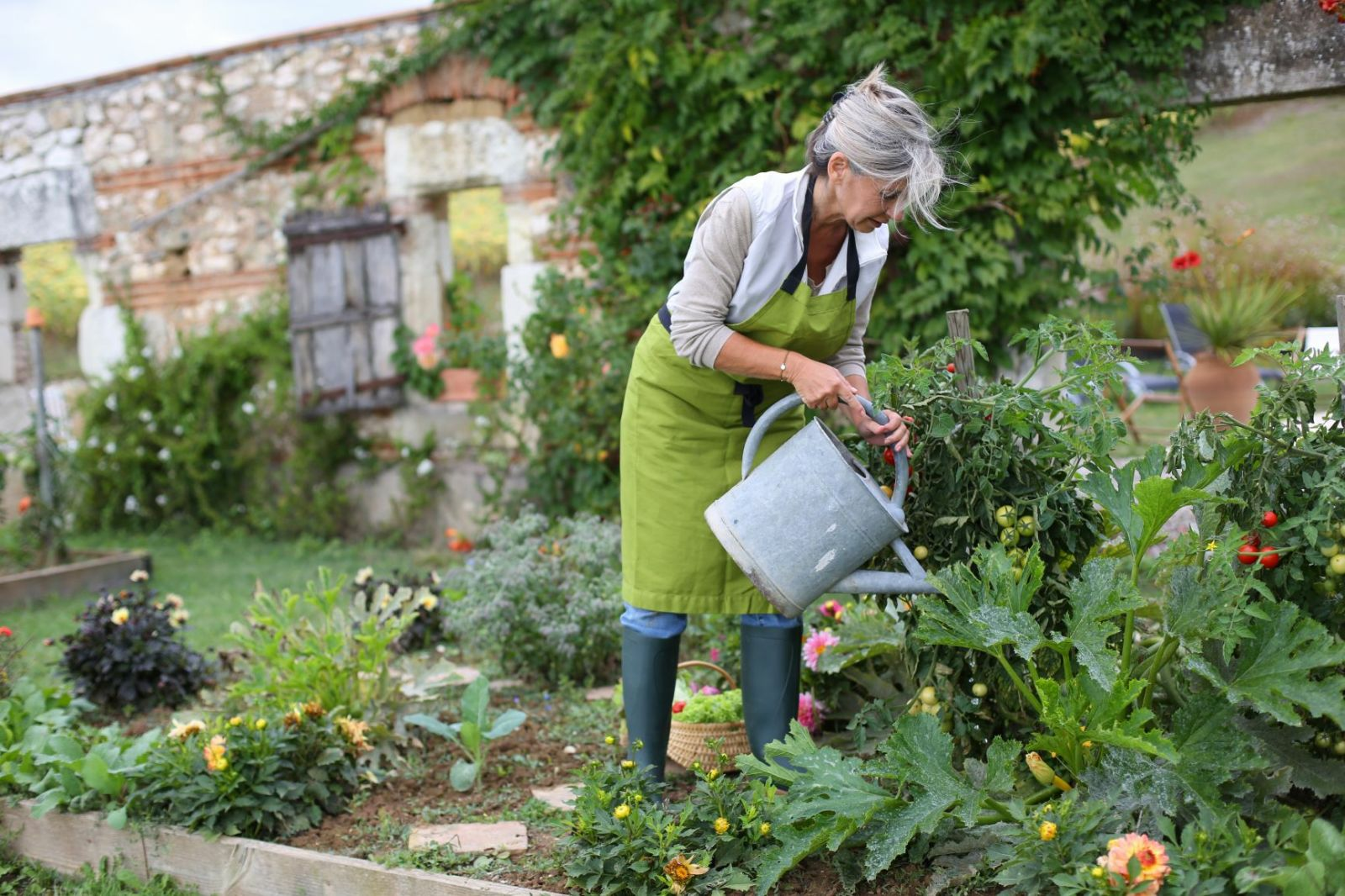
Mints like it moist! That's why you should water them sufficiently. The root ball dries out quickly, especially in pots and tubs. The water requirement is significantly higher here, which is why you should even water in the morning and evening on particularly hot days. However, make sure that there is no waterlogging. This could cause the roots to rot and die. To provide the mint with nutrients, you can mix some compost, rock flour and wood ash into the soil around the mint. Watering with comfrey manure has also proven to strengthen the plants. A layer of mulch provides additional nutrients and protects the soil from drying out. In the fall (October) or spring (until March), you should cut back the mint bushes close to the ground. It is best to use secateurs for this. If you cut the mint back for the winter, it will contain fewer essential oils and secondary plant substances. They now taste less intense. This is why most herb gardeners no longer use these leaves for tea.
Propagate mint
Some mint species and varieties, such as peppermint, cannot produce seeds at all because they are so-called hybrids. This means that most varieties are crosses, which are naturally sterile. For this reason, mints are usually propagated by cuttings. This is quite simple, as most mints are vigorous and form vegetative runners. When dividing, some stolons can be separated from the rest of the plant together with the associated root and reburied in another location. The plant is best lifted out of the ground with a digging fork. Cuttings can be made from cut shoot tips, which are then "stuck" into nutrient-poor sowing and herb soil. The shoot tips should be approx. 5 cm long. Apart from the flowering period, you can make cuttings throughout the season.
Harvesting, processing and drying
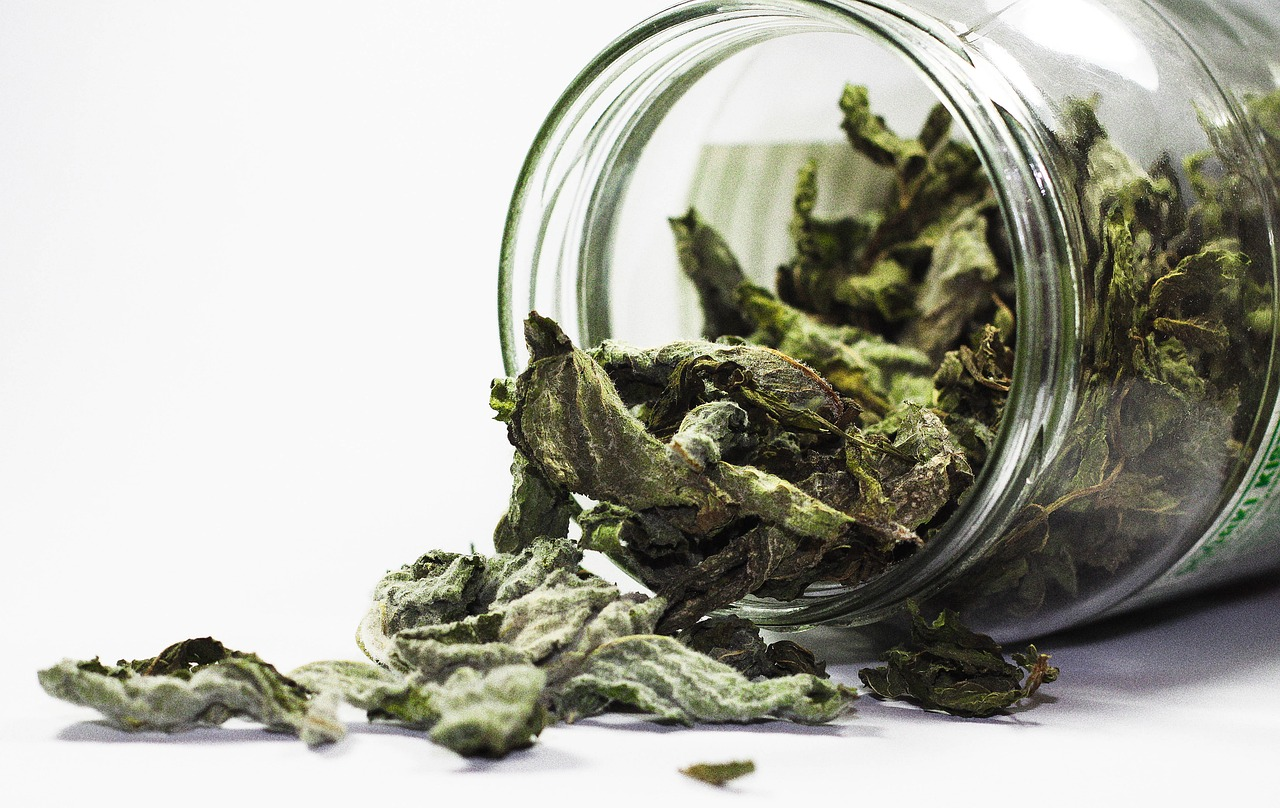
The leaves contain the highest content of essential oils and other plant substances shortly before flowering. This is when the dried leaves have the most intense flavor and are particularly suitable for tea. The best time to harvest is therefore in June or July, depending on the species or variety. Ideally, you should harvest on a cloudy morning. This way, the summer sun won't burn the freshly cut shoot tips too much. Harvest the shoots up to half their length with sharp secateurs. This allows the plant to regenerate better and, under good conditions, you can even harvest several times a year.
Tip: Don't cut back the whole shrub, as this allows individual shoots to form flowers. These serve as an important source of food for bees and other beneficial insects.
matthiasboeckel auf pixabay.
